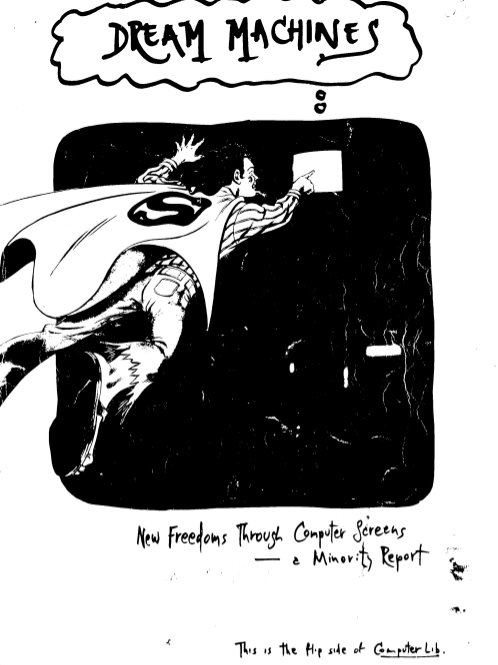Computational Culture, a Journal of Software Studies, Issue One: A Billion Gadget Minds (2011)
Filed under journal | Tags: · cognition, hardware, machine, networks, neuroaesthetics, software, software studies
Computational Culture is an online open-access peer-reviewed journal of inter-disciplinary enquiry into the nature of cultural computational objects, practices, processes and structures.
“This first issue of Computational Culture is loosely based on the proceedings of a workshop held in Central London in October 2010. Entitled ‘A Billon Gadgets Minds: Thinking Widgets, Data and Workflow’, the aim of the workshop was: “To evaluate the ways in which contemporary hardware and software augment and distribute intelligence, as well as the ensemble of social relations which form around thinking practices as they synchronise, mesh, de-couple, breakdown and collapse with variable effects”.” (from Editorial)
With contributions by Michael Wheeler, Anna Munster, Ingmar Lippert, Luciana Parisi and Stamatia Portanova, Lev Manovich, Yuk Hui, Benedikte Zitouni, Michael Batty, Olga Goriunova, Jentery Sayers, M. Beatrice Fazi
Editorial group: Matthew Fuller, Andrew Goffey, Olga Goriunova, Graham Harwood, Adrian Mackenzie
Published in December 2011
Open access
ISSN 2047-2390
Ted Nelson: Computer Lib / Dream Machines (1974)
Filed under book | Tags: · computing, hardware, history of computing, history of technology, manifesto, media history, software, technology


“Computer Lib is a book by Ted Nelson, originally published in 1974 by Nelson himself, and packaged with Dream Machines, another book by Nelson. The whole publication (referred to as just “Computer Lib” by Nelson and others) had two front covers to indicate the “intertwingling” of the two books, and was republished with a foreword by Stewart Brand in 1987 by a division of Microsoft Press. The book, which is subtitled “You can and must understand computers NOW,” and which Nelson says in the 1987 edition was inspired by Brand’s Whole Earth Catalog, is a spirited manifesto that was inspiring to a generation of DIY computer-lovers. In his book Tools for Thought, Howard Rheingold calls Computer Lib “the best-selling underground manifesto of the microcomputer revolution.”
In Computer Lib, Nelson writes passionately about the need for people to understand computers deeply, more deeply than was generally promoted as “computer literacy,” which he considers a superficial kind of familiarity with particular hardware and software. His rallying cry “Down with Cybercrud” is against the centralization of computers such as that performed by IBM at the time, as well as against what he sees as the intentional untruths that “computer people” tell to non-computer people to keep them from understanding computers.
In Dream Machines, Nelson covers the flexible media potential of the computer, which was shockingly new at the time.” (from Wikipedia)
Publisher Hugo’s Book Service, 1974
132 pages
Reviews: d.h.f. (Byte Magazine, 1975), L.R. Shannon (New York Times, 1988), Vince Juliano (Connecticut Libraries, 1996).
Commentary: Noah Wardrip-Fruin (2003).
Book website
Author
Wikipedia
More information and reviews
PDF (15 MB, updated on 2021-7-9)
Comments (4)Open Hardware Journal, No. 1 (2011)
Filed under journal | Tags: · 3d printing, hardware, open hardware, technology

“Open Hardware means sharing the design of physical or electronic objects with the public, similarly to Open Source software. The right to use, modify, redistribute, and manufacture, commercially or as a non-profit, is granted to everyone without any royalty or fee. Thus, Open Hardware designers hope to enrich society by developing a library of designs for useful objects that everyone can make, use, and improve.” (editor)
Editor: Bruce Perens
Published by Open Hardware organisation, 1 November 2011
30 pages
Compilation licensed under Creative Commons Attribution-NonCommercial-ShareAlike 3.0 United States
Articles licensed under Creative Commons Attribution 3.0 United States

